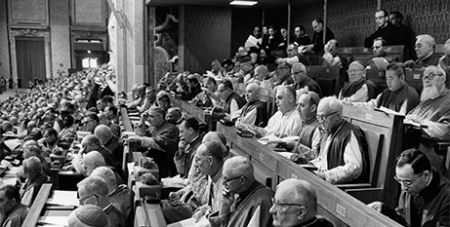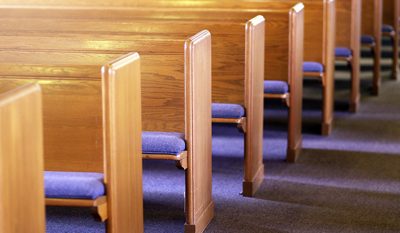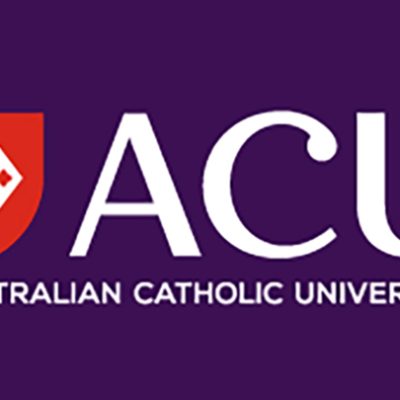
An economics paper published last month on religious service attendance trends in 66 countries concluded that the implementation of reforms associated with the Second Vatican Council likely contributed to subsequent Mass attendance declines. Source: CNA.
The working paper, Looking Backward: Long-term Religious Service Attendance in 66 Countries, was published on July 21 by the United States-based National Bureau of Economic Research (NBER).
NBER economists delved into historical trends for religious service attendance in historically Catholic and historically Protestant countries based on 1900 religious affiliation statistics.
According to the researchers, attendance rates declined significantly faster in historically Catholic countries than in Protestant ones in the years after Vatican II. The trend began immediately after Vatican II and was not ongoing when the council began in the early 1960s.
Beginning in 1965 and through the 2010s, monthly attendance in Catholic nations decreased by an average of 4 percentage points more than Protestant countries in every decade.
Dismissing the claim that attendance rates only went down due to broader secularising trends globally, the report asserted: “The decline in attendance is specific to Catholicism, to which Vatican II would directly apply.”
NBER researchers claim that Vatican II and subsequent reforms “profoundly affected Catholic faith and practice” and concluded the council’s implementation “triggered a decline in worldwide Catholic attendance relative to that in other denominations”.
Although the report is primarily an economics paper, the researchers cite sociologists who have analysed the implementation of Vatican II. It contends the findings are consistent with the view that the implementation “shattered the perception of an immovable, truth-holding Church”.
Fr Paul Sullins, a senior research associate at the Ruth Institute (a US institute that defends marriage and family), said there was a distinction between Vatican II itself and the subsequent “social effects of its implementation and reception” of the council.
He warned not to confuse the implementation with “the content or documents of the council proper.”
Tom Nash, a staff apologist for Catholic Answers, contended the report failed to make a clear distinction between the council itself and “the infamous ‘spirit of Vatican II’” when it comes to certain subjects, such as ecumenism.
“The issue is whether the actual teachings of the council triggered this decline or whether there are other factors involved,” he said.
FULL STORY
Economics paper suggests Mass decline tied to Vatican II implementation (By Tyler Arnold, CNA)






